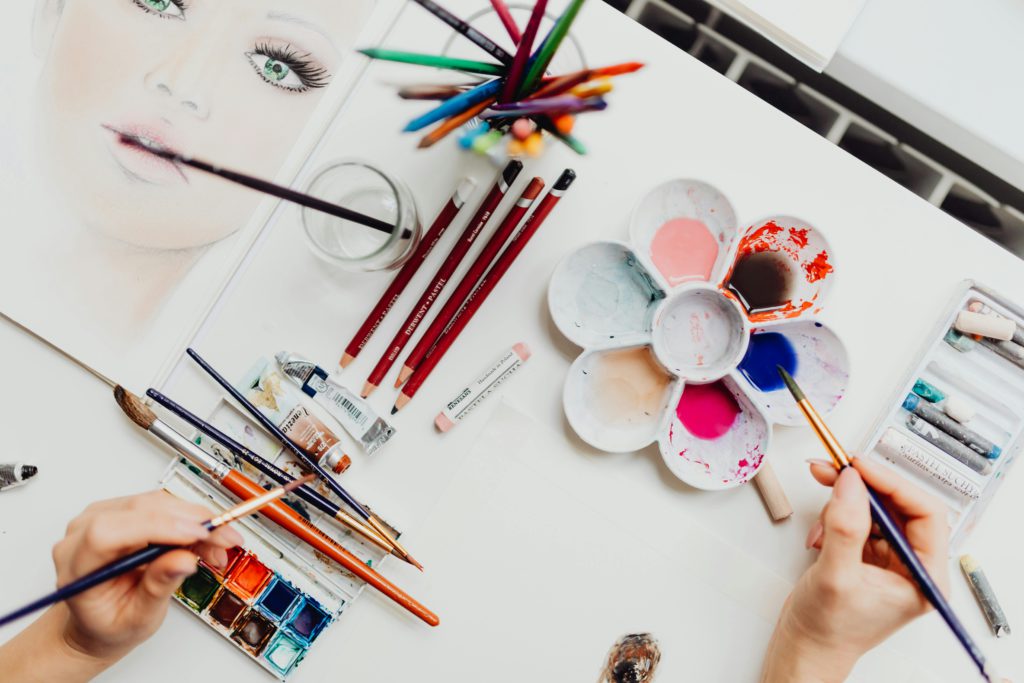Watercolour painting is a fantastic hobby, career or just pass time. But, with so many options on what to buy, how do you decide what you actually need?

Watercolour painting is a beautiful and versatile medium that allows artists to create stunning artworks with ease. If you’re just starting out with watercolour painting, selecting the right equipment is essential for achieving success. Here’s a beginner’s guide to the equipment you’ll need to get started:
1. Watercolour paints
- Opt for a basic set of watercolour paints with a range of colours. Look for a set that includes primary colours (red, blue, and yellow) along with secondary colours (green, orange, and purple) to give you a good starting palette.
- Consider purchasing tube paints for more vibrant colours or pan paints for convenience and portability.
2. Watercolour brushes
- Invest in a few good-quality watercolour brushes in different sizes and shapes. Round brushes are versatile and suitable for most painting techniques, while flat brushes are great for washes and larger areas.
- Synthetic brushes are a budget-friendly option for beginners, but natural hair brushes like sable or squirrel offer superior water retention and control.
3. Watercolour paper
- Choose watercolour paper specifically designed for the medium. Look for paper labelled as “cold-pressed” or “rough” for textured surfaces that enhance watercolour effects.
- Experiment with different paper weights (measured in pounds per ream, or lb) to find one that suits your preferred painting style. A 140 lb paper is a good starting point for most beginners.
4. Palette
- A palette is essential for mixing and diluting watercolour paints. You can use a traditional plastic or ceramic palette with wells for individual colours, or opt for a larger mixing palette for broader colour mixing.
- Some artists prefer using a white plate or ceramic dish as a makeshift palette, which works just as well for mixing colours.
5. Water containers
- Have at least two containers of water—one for cleaning your brushes and another for mixing clean water for painting. Clear containers are ideal for monitoring water cleanliness.
- Change the water frequently to prevent muddy colours and maintain the vibrancy of your paints.
6. Masking tape
- Masking tape is handy for securing your paper to a flat surface while painting, preventing it from warping or buckling.
- Use low-tack masking tape to avoid damaging your paper when removing it after painting.
7. Pencil and rubber
- Use a soft graphite pencil and a kneaded rubber for sketching outlines and making corrections on your watercolour paper before painting.
- Keep your pencil lines light to avoid them showing through your watercolour washes.
8. Paper towels or rags
- Keep paper towels or rags on hand for blotting excess water and paint from your brushes, as well as for creating texture and lifting paint.
9. Optional accessories
- A spray bottle for wetting your paper or adding texture to your paintings.
- Masking fluid for preserving white areas or creating intricate details.
- A palette knife for mixing paints or creating textured effects.
- A watercolour sketchbook for practising techniques and experimenting with colour combinations on the go.
With the right equipment and a bit of practice, you’ll be well on your way to creating beautiful watercolour paintings. Remember to have fun and embrace the spontaneity and fluidity of the medium!






